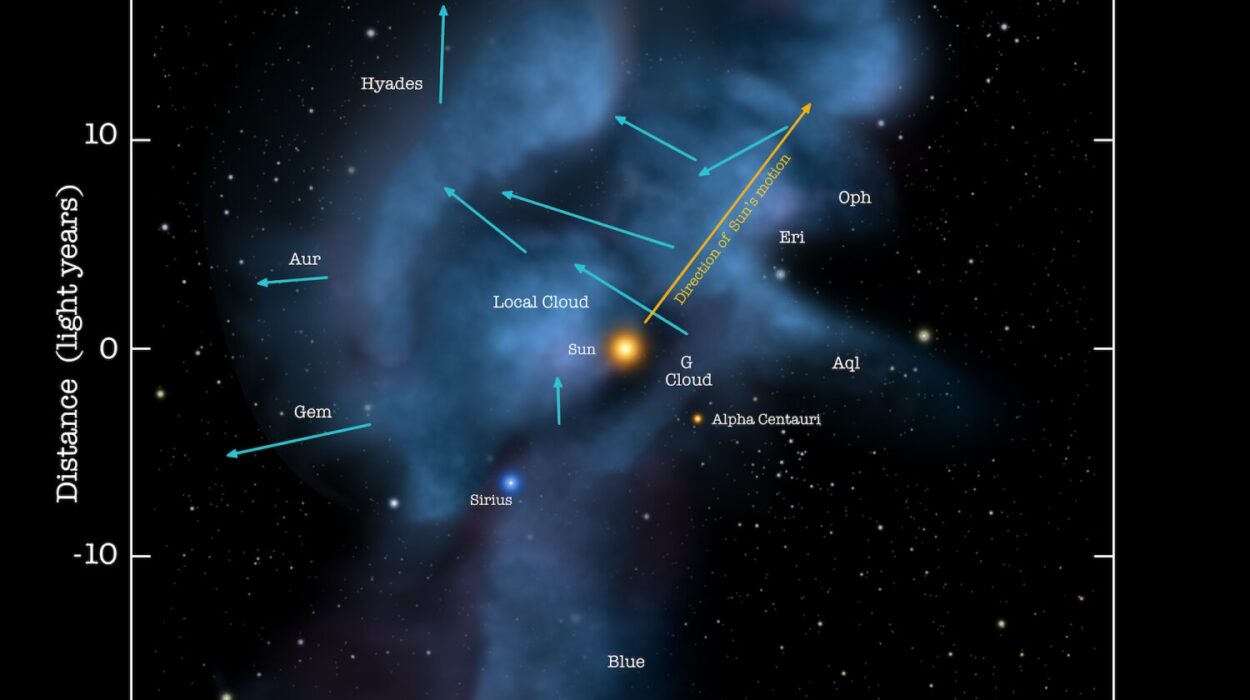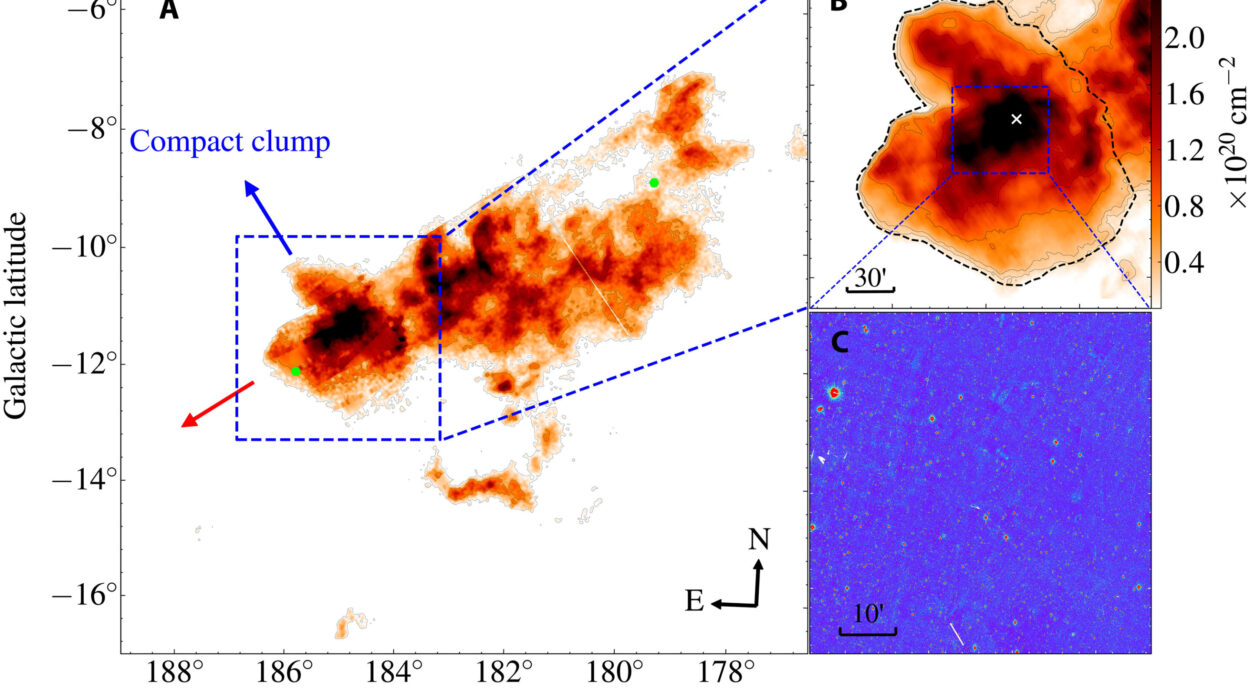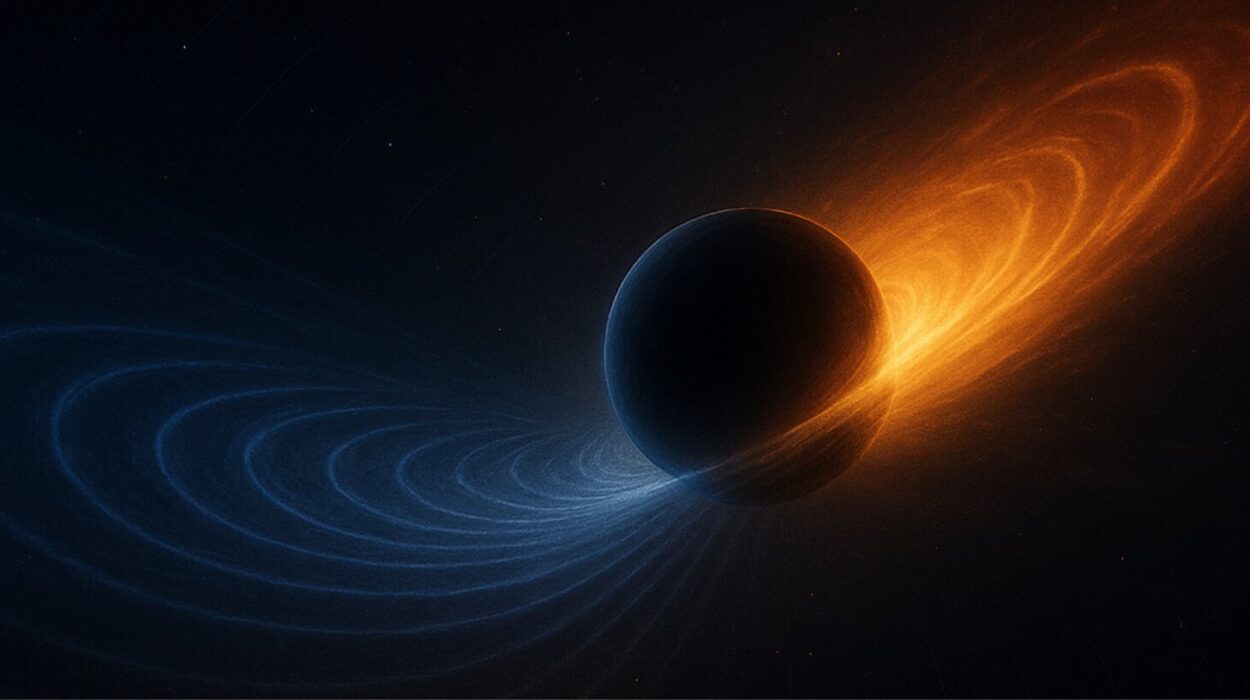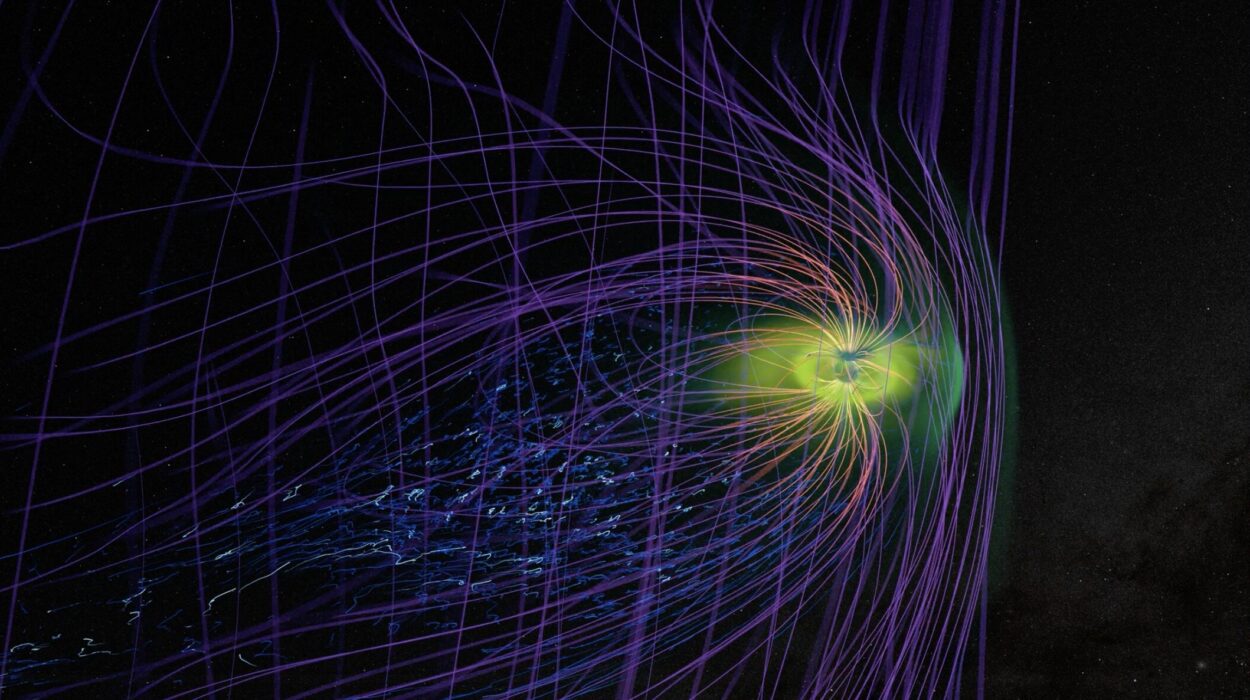Far from the serene twinkling stars we see in the night sky, the universe harbors monsters. At the hearts of galaxies—often unseen, sometimes dormant—lie supermassive black holes, their gravitational jaws gaping in silence. Most of the time, these beasts slumber. But when a star strays too close, the peace shatters. Gravitational forces stretch the star like taffy until it’s torn apart in an eruption of cosmic violence. This is a tidal disruption event, or TDE—a celestial crime scene where light becomes an obituary.
For decades, astronomers have glimpsed these events only in the clearest, most dust-free galaxies. X-ray and optical telescopes could catch the sudden flare, but only when there was no veil in the way. That left a haunting possibility—how many stellar deaths had gone unwitnessed, hidden by the cosmic fog?
Now, thanks to NASA’s James Webb Space Telescope (JWST), astronomers from MIT, Columbia University, and other institutions have peered through that fog. They’ve found the smoking gun. Not one, but four dusty galaxies have revealed signs of these spectacular black hole feasts. For the first time, the aftermath of stellar destruction has been observed in detail, even from galaxies shrouded in dust and gas. The veil has lifted.
Shadows That Glow
Unlike its predecessors, JWST doesn’t just see visible light—it reads the universe in infrared. Where other telescopes see darkness, JWST sees heat. It can detect the warm fingerprint left behind when a star dies, even when it’s buried under layers of galactic dust. That’s what makes it so perfect for spotting TDEs in dusty galaxies—places previously dismissed as too opaque to study.
The research team, led by MIT graduate student Megan Masterson, didn’t go in blind. They had clues. Using NEOWISE—a NASA infrared space telescope—they had already identified mysterious flares in galaxies that were otherwise dormant. These weren’t active galactic nuclei, the constantly feeding black holes at the center of some galaxies. These galaxies had been quiet for years… until something changed.
NEOWISE detected subtle peaks in infrared light—ghostly signs that something had momentarily disturbed the calm. But the data were blurred, lacking resolution. It was like hearing a scream through a thick wall and not knowing who—or what—had made it.
JWST changed that. Where NEOWISE could only detect rough flashes, JWST could decipher them, breaking them down into spectral lines—specific fingerprints of atoms and energy. It could finally show whether these signals truly came from the chaotic process of black hole feeding.
Stellar Corpses and Neon Signatures
In their latest study, published in The Astrophysical Journal Letters, Masterson and her team turned JWST toward four of the most compelling candidates identified earlier. Each galaxy had shown an unusual infrared flare. Were they really witnessing stars being torn apart?
To answer that, the researchers hunted a telltale glow: neon atoms stripped of multiple electrons. This only happens under extreme conditions, when gas is exposed to the blinding radiation from matter spiraling into a black hole. Such radiation is so intense that it ionizes the gas, leaving behind a unique and unmistakable spectral signature.
JWST detected that signal in all four galaxies.
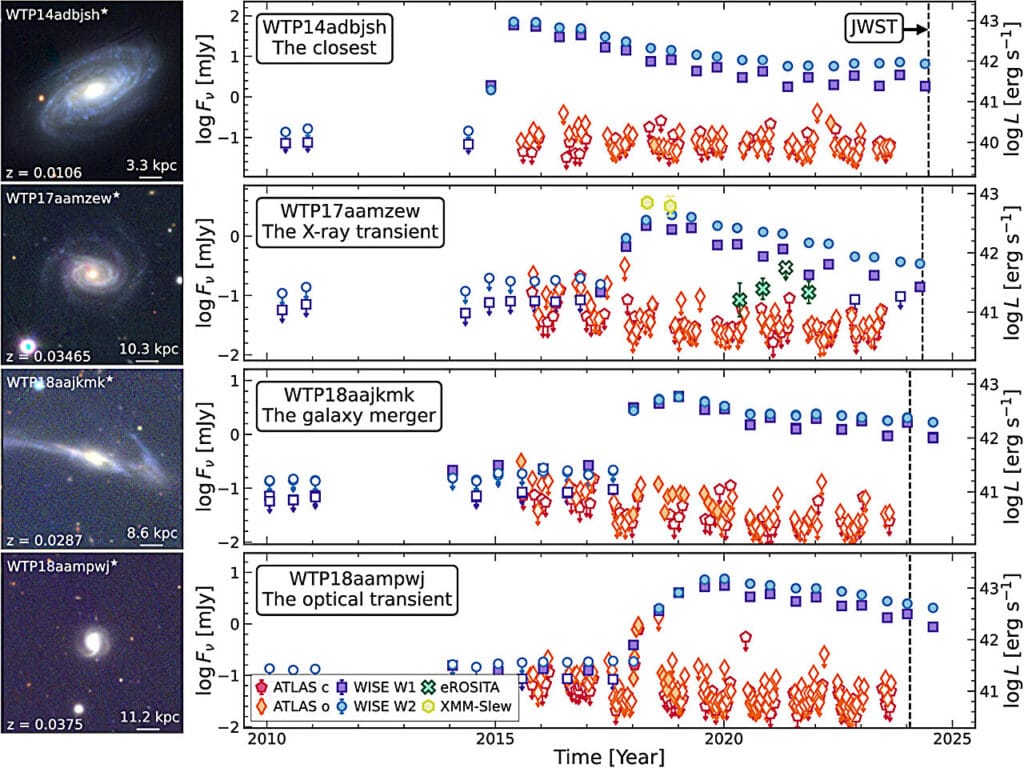
“There’s nothing else in the universe that can excite this gas to these energies, except for black hole accretion,” said Masterson. In simple terms, this was the cosmic equivalent of catching a criminal red-handed—with the stolen goods in their lap.
But the discovery went deeper than proving the existence of a feast. It also proved the nature of the host. Were these black holes always feeding—eternally active? Or had they been dormant, awakened only by the accidental approach of a doomed star?
The Dust Told a Different Story
To resolve this mystery, the team looked not just at the light, but at the dust.
In active galaxies, the regions around black holes are wrapped in thick, clumpy rings of dust and gas—donut-shaped structures called “tori.” These tori leave distinct spectral imprints of silicates, minerals that glow in specific wavelengths when heated. If the black holes had always been active, JWST would detect these patterns.
But in each of the four galaxies, the dust told a different story. The patterns were not consistent with an active galactic nucleus. Instead, the dust was thin, irregular, and lacked the telltale signs of a long-term feeding cycle. These were galaxies whose black holes had long been asleep—until something, perhaps millions of years in the making, disturbed them.
A wandering star. A brief, fatal encounter. A feast.
These were not just flares. These were the echoes of lives ended by gravity, and they had remained hidden in plain sight for decades.
A Universe of Hidden Violence
Before JWST, astronomers had only confirmed about 100 tidal disruption events, mostly in clear, dustless regions. But this study opens the door to a sobering possibility—the universe is teeming with these events, and we’ve simply lacked the eyes to see them.
Each time a TDE occurs, it offers a treasure trove of scientific insight. The way a star is torn apart—how much of it is devoured, how fast the debris spins and falls—can tell us about the mass of the black hole and even how fast it spins. These are properties that are otherwise incredibly difficult to measure, especially for dormant black holes that don’t give off constant light.
Now, with JWST and NEOWISE working in concert, astronomers have a new toolkit—not just to find more of these events, but to use them as probes, to study the hidden population of black holes lurking in seemingly quiet galaxies across the cosmos.
From Theoretical to Tangible
For decades, the idea of tidal disruption events remained largely theoretical, with a few spectacular exceptions. Scientists knew that stars could be torn apart by gravity, but observing the aftermath in dusty galaxies was nearly impossible. That’s what makes these results so important—not just the confirmation of the events, but the clarity of the detail.
In one galaxy, the team found the closest TDE ever recorded—just 130 million light years away. In another, the flare included a burst of X-rays. One showed signs of gas rotating at relativistic speeds, circling the black hole in a final, fatal dance. And another had been mistaken for a supernova, an entirely different kind of explosion. Only JWST could pull apart the light to reveal the truth.
“These four signals were as close as we could get to a sure thing,” Masterson said. “But the JWST data helped us say definitively: these are bonafide TDEs.”
The discoveries mark a turning point. No longer are scientists limited to a narrow window of observation. The cosmic veil—dusty, gas-laced galaxies—is no longer impenetrable. We can now see what happens when a star dies not in silence, but in a scream of light too red for human eyes, but not too red for JWST.
Echoes of Future Feasts
These discoveries are only the beginning. With more time and analysis, the team hopes to uncover hundreds more TDEs. Already, they are combing through additional NEOWISE data and coordinating with other infrared telescopes to hunt new candidates.
Each detection is not just a catalog entry. It’s a story—of a star that lived for billions of years, formed from interstellar dust, maybe orbited planets, and then, through no fault of its own, wandered too close to the event horizon. The resulting flare may last months, years. The debris swirls, heats, and glows, and then vanishes into the abyss.
Einstein predicted that nothing could escape a black hole, not even light. But now, ironically, it’s light itself—bent, broken, and reborn in infrared—that allows us to trace the outline of the void.
A New Era in Black Hole Science
This moment represents a quiet revolution in astrophysics. For the first time, dormant black holes—the invisible monsters that haunt the centers of galaxies—can be observed in the act of devouring. Not through direct sightings, but through the warmth they leave behind in the dust, like a breath on a mirror.
The implications are vast. We are now better equipped than ever to map black holes across the cosmos, to study their feeding habits, their environments, their behaviors. And perhaps, as we trace the paths of these doomed stars, we’ll learn not just about black holes—but about the galaxies they inhabit, the forces that shape them, and the nature of death and rebirth in the universe.
As Megan Masterson reflects, “The actual process of a black hole gobbling down all that stellar material takes a long time. It’s not an instantaneous process. And hopefully we can start to probe how long that process takes and what that environment looks like.”
There is still so much we don’t know. But now, we know where to look.
Reference: Megan Masterson et al, JWST’s First View of Tidal Disruption Events: Compact, Accretion-driven Emission Lines and Strong Silicate Emission in an Infrared-selected Sample, The Astrophysical Journal Letters (2025). DOI: 10.3847/2041-8213/ade153

